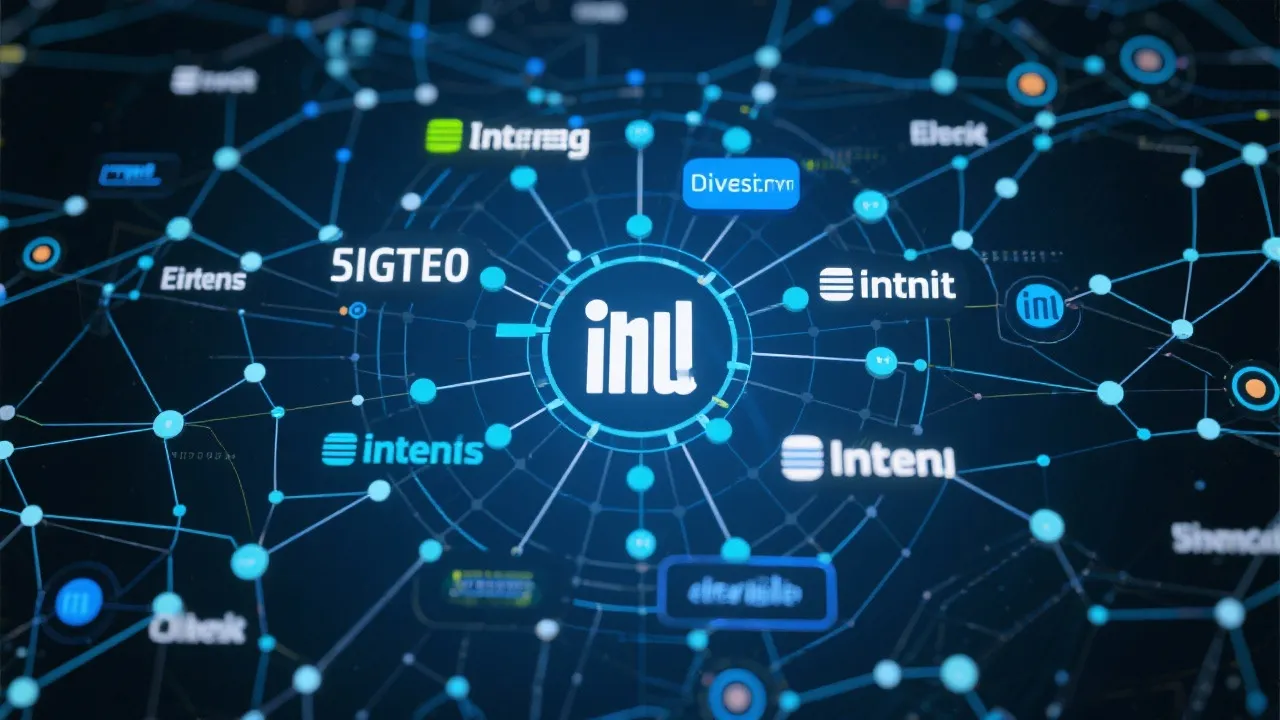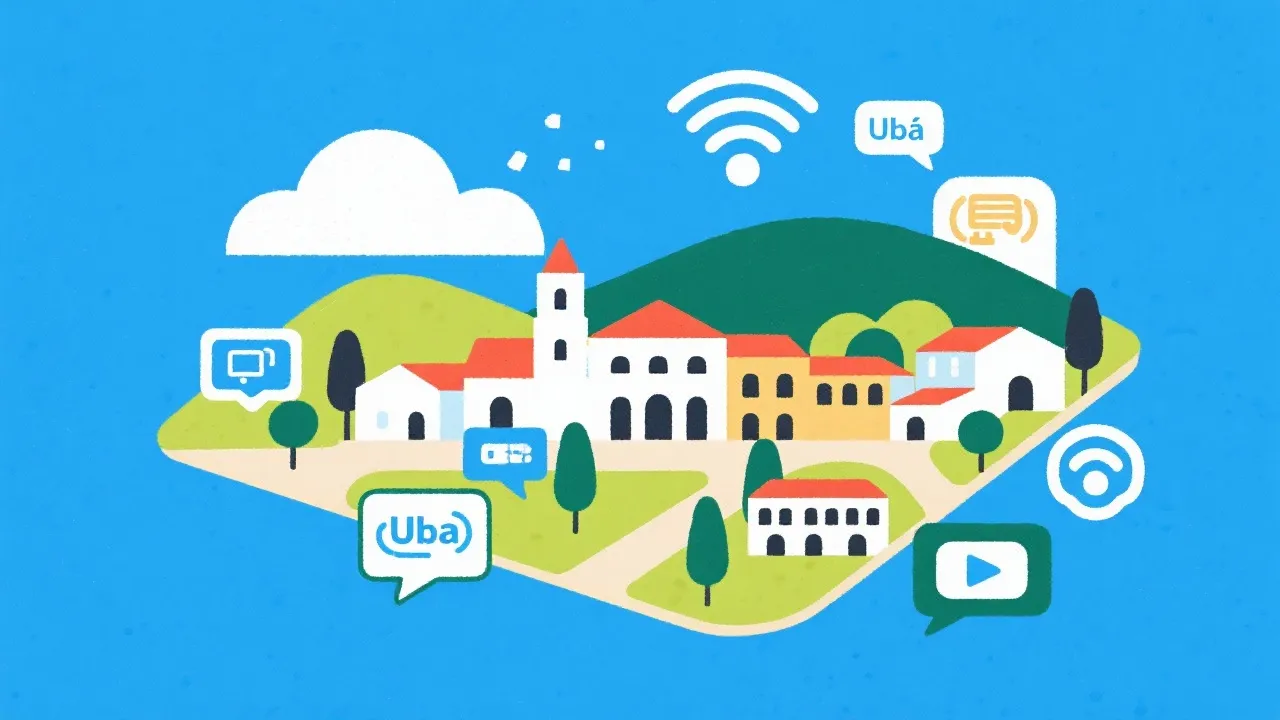Navigating Digitalnet Itapoa Df Insights
This guide delves into the intricate realm of Digitalnet Itapoa Df, emphasizing the diverse spectrum of internet offerings such as Xfinity and AT&T Fiber. With users increasingly reliant on seamless connectivity, understanding varied plans and pricing nuances is essential for making informed decisions in this progressively digital age.

Understanding Digitalnet Itapoa Df
In the modern digital landscape, the term "Digitalnet Itapoa Df" resonates with individuals and businesses seeking robust internet solutions to cater to their connectivity needs. While the phrase itself might seem geographically specific, it serves as a metaphor for the myriad of internet service options available globally, catered to varying user demands. From residential requirements to enterprise-level infrastructure, the internet remains a pivotal enabler in today’s interconnected world.
As society becomes increasingly reliant on digital technologies, the demand for high-quality internet service continues to rise. Whether it’s for telecommuting, online education, streaming entertainment, or simply staying connected with family and friends, reliable internet access is essential. In regions like Itapoa Df, or elsewhere, internet service providers (ISPs) work hard to meet this burgeoning demand. They aim to deliver high internet speeds, low latency, and dependable connectivity to homes and businesses alike.
Key Players and Their Offerings
The competitive landscape of internet service providers showcases a wide array of plans tailored for different user profiles. Below is a simplified comparison table highlighting some prominent providers, their pricing, and additional services:
| Internet Service Provider | Plan & Pricing | Key Features |
|---|---|---|
| Xfinity Internet |
|
No contracts, access to Xfinity Wi-Fi hotspots |
| AT&T Fiber |
|
Symmetrical speeds, reliable fiber connection |
| Spectrum Internet |
|
Unlimited data, no contracts |
| T-Mobile 5G Home | $35-$70/month for 72-245 Mbps | Fixed wireless 5G technology |
| Astound Broadband | Starts at $20/month for 300 Mbps | Regional availability, low-cost cable internet |
| Verizon Fios | $49.99/month for 300 Mbps with autopay | Fiber connection, symmetrical speeds |
Source: Xfinity, AT&T, Spectrum, T-Mobile, Astound, Verizon
Securing Cost-Effective Internet Access
In pursuit of economical internet solutions, students, small businesses, and individuals must explore several strategies to secure cost-effective access:
- Research and Compare: Always research available options before committing to any package. Websites like BroadbandNow or local service comparators can provide valuable insights. Understanding your options and the different plans offered can help you make an informed decision.
- Bundled Services: Consider bundling services such as internet, TV, and phone under a single provider to leverage potential discounts. Bundling often leads to substantial savings, as many providers offer attractive package deals for subscribing to multiple services.
- Introductory Offers: Many providers offer reduced rates for the initial contract period. Ensure to check the terms for any rate changes post-promotion. Knowing the duration of these offers and how pricing may change afterward can prevent unexpected costs.
- Autopay Discounts: Opt for automatic payments to avail of discounts that many providers offer as a standard incentive. By enrolling in autopay, customers might save approximately $5 to $10 each month.
- Community Programs: Explore government and community programs that provide subsidies or access to affordable plans for qualified users. Many non-profit organizations and state programs aim to improve digital access and provide essential support for low-income households.
Additionally, individuals might leverage social media and online forums, where users share their experiences regarding different ISPs. Such platforms can provide insight into the reliability and customer service of various providers in different areas, hence aiding better decision-making. Utilizing customer reviews can pinpoint what to expect concerning speed consistency, technical support, and billing practices.
Internet Pricing Across Major Regions
The internet pricing structure varies significantly across different geographical locations, influenced by infrastructure, competition, and government policies. Here’s a summary of typical price ranges and available speeds:
United States: Internet services range from approximately $30 to over $100, with diverse fiber and broadband options. In regions with enhanced connectivity, prices tend to be at the higher end of the spectrum. Urban areas generally have more choices and more competitive pricing compared to rural regions, where options may be limited.
United Kingdom: With pricing from around £25 to over £60, various areas provide choices between fiber and broadband services, delivering speeds from 30 Mbps to 100 Mbps. The UK government has initiated programs to improve broadband access throughout the country, especially in rural areas, which may further influence pricing structures.
Canada: Prices span CAD 50 to CAD 100+, with available packages offering speeds between 25 Mbps and 1 Gbps. The Canadian Radio-television and Telecommunications Commission (CRTC) has tools to aid customers in comparing internet prices, contributing to greater market transparency.
New Zealand: Users typically pay between NZD 60 and NZD 100+ for fiber or VDSL, with attainable speeds of at least 100 Mbps. The New Zealand government’s commitment to enhancing fiber broadband access has significantly improved internet service availability over recent years.
Australia: Pricing ranges from AUD 60 to AUD 110+, with the growing prevalence of fiber networks offering speeds of 50 Mbps to 100 Mbps. The National Broadband Network (NBN) rollout has a substantial impact on the availability and pricing of internet in the country.
Singapore: Fierce competition leads to lower prices, roughly SGD 30 to SGD 60+, for high-speed fiber internet, often reaching up to 1 Gbps. The government’s investment in telecommunications infrastructure has led to robust competition among ISPs.
Overall, various factors including geographical location, competition level, type of technology provided (fiber vs. DSL), and consumer demands impact internet pricing. Understanding these differences can help consumers find an ISP that fits their budget and performance needs.
FAQs on Internet Services
Q: How can I choose the top internet plan for my needs?
A: Consider your primary uses, such as streaming, gaming, or remote work, and choose a plan with sufficient download speeds and data allowances. Additionally, evaluate your usage patterns to determine if you require unlimited data, especially if you have multiple users in your household.
Q: What factors influence the cost of internet services?
A: Factors include competition, infrastructure investments, local demand, and offered technologies, such as fiber or DSL. Other elements like customer service quality, contract lengths, promotional offers, and included features (such as equipment rental) may also contribute to cost differences across providers.
Q: Are there hidden costs I should be aware of?
A: Often, additional fees might include installation charges, equipment rentals, and extra fees for required service modifications. It's also wise to verify if there are penalties for early termination of the contract.
Q: Is there an advantage in opting for fiber over cable or DSL?
A: Yes, fiber internet typically offers higher speeds and lower latency compared to cable or DSL, making it a preferable choice for activities that require a lot of bandwidth, such as online gaming or high-definition video streaming.
Q: Can I negotiate my plan or pricing with my internet service provider?
A: Many customers have successfully negotiated their pricing and plan options by contacting their provider, especially if they are aware of competitive offers currently available in their area. Always be polite and prepared with specifics about your current service and competitor prices.
The Future of Internet Services
As technology advances and demands continue to rise, the landscape of internet services is poised for transformation. Emerging trends, such as the rollout of 5G technology, satellite internet services, and enhanced fiber optic networks, are set to reshape how people access the internet.
One significant trend is the evolution towards more extensive gigabit networks across urban centers and rural regions alike. Gigabit internet, which provides speeds of up to 1 Gbps or more, offers immense potential for both residential users and businesses, facilitating seamless video conferencing, cloud computing, and data transfer.
Moreover, with the advent of smart homes and the Internet of Things (IoT), the demand for stable and high-speed internet connections is becoming critical. As more devices connect to the internet within households, ensuring high bandwidth is crucial to accommodate simultaneous usage, thereby necessitating advancements in ISP offerings.
Telecommunications companies are increasingly investing in infrastructure to support these demands, with various governments also providing incentives to expand broadband access in underserved areas. A concerted effort to close the digital divide remains key to ensuring equitable access for all communities.
In addition, internet service providers are exploring innovative pricing models, potentially including pay-as-you-go plans or tiered pricing based on usage. These models could allow users more flexibility and encourage higher engagement levels with internet usage while ensuring affordability.
Conclusion
Choosing the right internet provider and plan requires comprehensive assessment and comparison aligned with user needs and budget. Maintaining awareness of trends and shifts in the telecommunications sector will serve users well in securing a plan that not only meets their needs today but also prepares them for future technological advancements. With an evolving market, staying informed on the latest offers, customer service ratings, and technological advancements ensures optimal connectivity solutions.
Overall, the digitization of society underscores the importance of consumer awareness and education in navigating the complexities of internet services. An informed approach to selecting internet plans can enhance satisfaction and connectivity for all users, ensuring they remain aligned with their personal and professional goals.
Disclaimer:
- The above information is derived from online resources as of October 2023. Relevant criteria and processes are beholden to the official guidelines of the respective internet service providers.
- This content serves informational purposes and will not necessarily reflect real-time updates.
Reference Links:
-
1

Reducing Costs and Enhancing Technology in Solar Panels
-
2

Affordable Life Insurance Options for Seniors
-
3

Comprehensive Guide to Choosing the Right Smartphone
-
4

Unlock Affordable Online Learning: A Seniors’ Guide to Economical Educational Opportunities
-
5

Discover the Keys to Landing Your Perfect Work-from-Home Job: An Essential Guide










